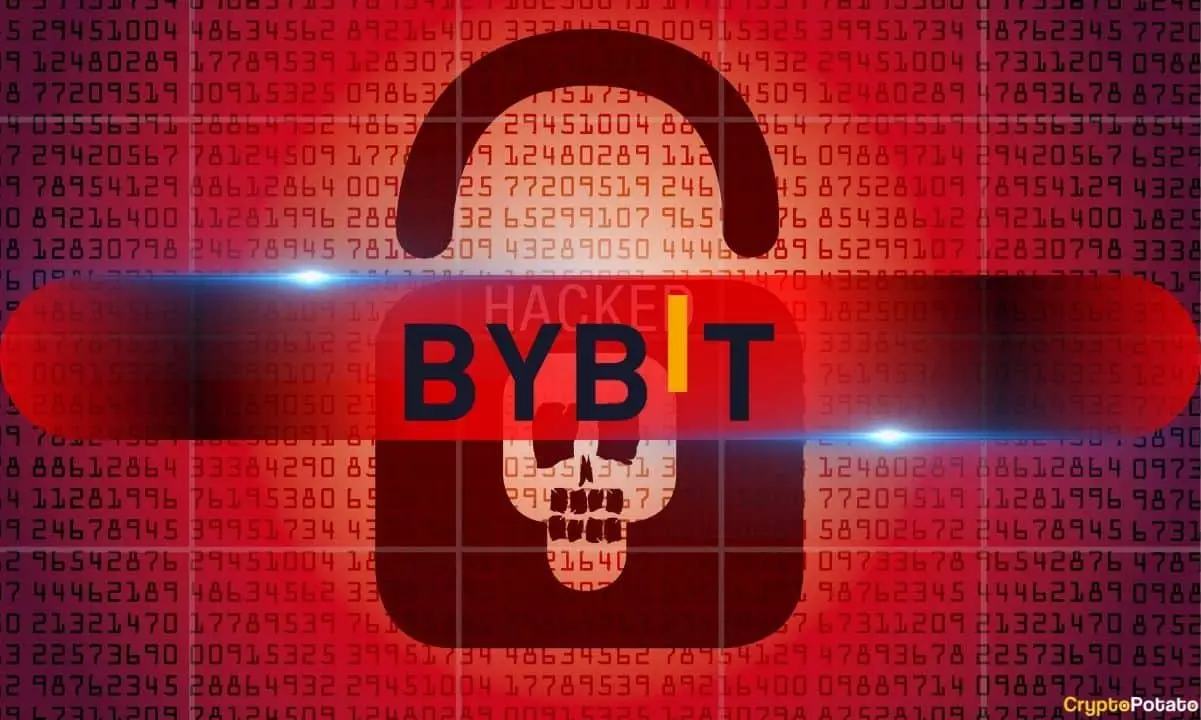In an unprecedented act of cyber malfeasance, the cryptocurrency exchange Bybit recently faced a staggering loss of approximately $1.5 billion in ether (ETH). This incident, one of the most substantial breaches in the crypto sector, has led not only to direct consequences for Bybit but has also sent shockwaves throughout the entire cryptocurrency market. As central banks and financial institutions grapple with existential threats from cyber criminals, it is essential to interrogate the response of major players like Bybit and the implications for the broader trading ecosystem.
The hack targeted Bybit’s Ethereum cold wallet—a crucial component that stores vast amounts of cryptocurrency securely offline. It is noteworthy that even amid such a significant violation of trust, Bybit has managed to rebound. However, this recovery has not come about merely due to operational rigor; it is a collective reaction influenced by various external macroeconomic factors. The emerging understanding of these dynamics is vital for anyone invested in the future of this volatile market.
De-risking in a Fragile Environment
Market analysts underscore that the immediate sell-off following the breach was not an isolated event but rather part of a larger trend of de-risking occurring across various crypto assets. Factors like escalating tariff tensions and the influence of advanced technologies—such as DeepSeek’s emerging AI model—have contributed to a prevailing uncertainty in financial markets. The Bybit incident served as a catalyst, prompting investors to reassess the risks associated with their portfolios.
Interestingly, the response from investors was immediate—spot trading volumes for Tether (USDT) pairs experienced a brief spike but then plummeted as panic set in. The statistics are alarming: Bybit’s share in spot trading market volumes dropped from 11% to a mere 4%. Moreover, Bitcoin’s dominance in trading plunged significantly, falling from 50% to below 20%. Such a drastic reallocation of assets signals a need for greater resilience in trading platforms and a deeper understanding of investor psychology.
The Resilient Recovery
Despite the tumultuous fallout, Bybit’s recovery strategy has revealed a surprisingly robust resilience. Reports indicate that while overall trading volumes have not yet reached the pre-incident highs, there is notable improvement with market shares reconstructing to about 6-7%. This is a clear indication that traders are beginning to regain their confidence.
Moreover, it is worth noting that bid-ask spreads—a critical measure of market liquidity—remained unexpectedly stable, even in the wake of the crisis. In trading, tighter spreads typically denote a healthier marketplace, characterized by less execution risk. It is encouraging to see the order book depth for historical giants like BTC and ETH quickly reverting to normality within just a week post-hack. The recovery can be attributed to Bybit’s introduction of Retail Price Improvement (RPI) orders, tailor-made for retail traders. This innovation allows greater liquidity access exclusively to individual investors, thus fostering a more vibrant trading environment.
The Role of Retail Traders and Future Implications
The RPI initiative, introduced just days before the hack, raises intriguing questions about the role of retail traders in navigating a crisis. It highlights a necessary pivot towards empowering individual investors with enhanced trading tools. These tools are designed to insulate retail traders from the losses that can accompany large-scale market fluctuations instigated by external factors, including cyber attacks.
In an era where trust in centralized exchanges is continuously put to the test, Bybit’s proactive measures could set a precedent for how platforms should operate in the age of digital finance. As the crypto landscape evolves, it becomes imperative for platforms to innovate not just for survival, but to build long-lasting relationships with users, fortified through transparent processes and enhanced security measures.
Through this lens, the $1.5 billion hack is a stark reminder of vulnerability within the sector. Yet, it also serves as a catalyst for transformative change, challenging traditional paradigms of cryptocurrency trading and urging platforms to rethink their operational frameworks to safeguard their users. As we delve deeper into this fluid and often chaotic market, it will be crucial for companies like Bybit to not just regain lost ground but to redefine the standards within which they operate.


Leave a Reply